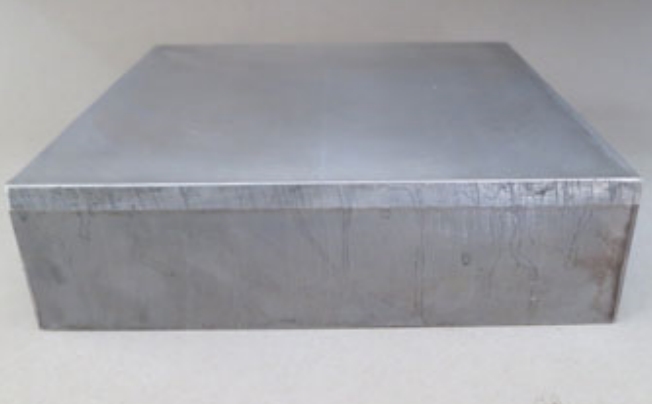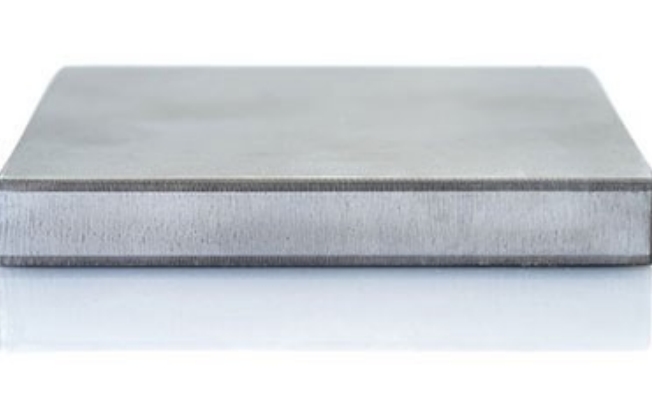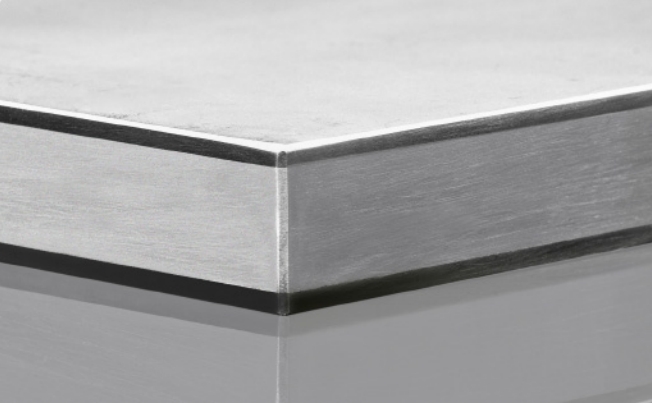Stainless steel clad plate is a high-efficient and cost-effective cladding material that is created by bonding carbon steel or low alloy steel to stainless steel. This bonding not only inherits the necessary strength of carbon metal but also the corrosion and heat resistance of stainless steel, offering substantial economic benefit. Therefore, it is widely used in the fabrication of vessels, storage tanks, bridges, hot water tanks, process plants, etc. Gnee Steel stocks high-quality stainless steel cladding plates for sale. Welcome to talk with us for more details!
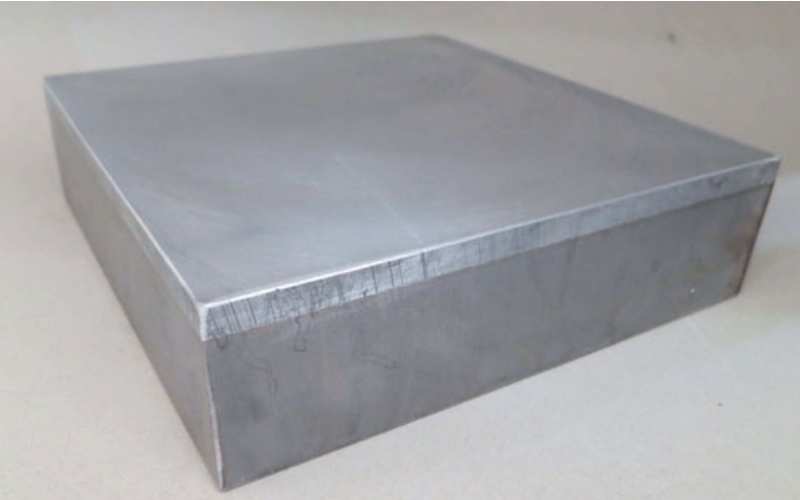
What Is Stainless Steel Clad Plate?
As its name suggests, this kind of plate is classified as composite steel that is produced by cladding stainless steel (used as cladding material) to either or both sides of conventional carbon steel or low-alloy steel (used as base metal). Combined with the advantages of these two metals, it achieves a high-strength metallurgical bonding. Because the base layer can guarantee the steel strength and the stainless layer will extend the corrosion resistance, aesthetics, and long life. So this product is warmly welcomed by users worldwide for its excellent performance and good price.
Specification Chart of SS Cladding Plate
| Material | Base metal: carbon steel (Q235B、Q345R、Q355、Q245R、20#、40#…)
Cladding metal: stainless steel (304, 304L 310, 310S, 316L, 316H, 316T, 321, 321HS, 318, 410S, 904L…) |
| Standard | Rolling: GB/T8165–2008
Explosion: NB/T 47002.1–2009 |
| Thickness | 5-50mm (cladding material thickness:0.5mm-10mm) |
| Width | 100-4000mm |
| Length | 500-15000mm |
| Shape | Rectangular, square, or as required |
| Production Method | explosive cladding, hot/cold rolling |
*Notice: Material and thickness can be freely combined to meet the different needs of users.
Manufacturing Process
The word “clad” in stainless steel clad plate means it is produced by bonding two or more dissimilar metals together into a single steel sheet or plate by pressing, extruding, or rolling sheets under high pressure. There are generally two production processes for stainless steel cladding material, namely explosive and rolling. Let’s explore them one by one.
1. Explosive Cladding
It is to use the instantaneous ultra-high pressure and ultra-high speed impact energy generated by the explosives to realize the solid-state metallurgical bonding between these metal layers. Firstly, prepare the cladding material (stainless steel) and the base material (carbon steel), overlapping stainless steel plates on carbon steel substrates. And then, lay explosives on the stainless steel plate. the energy generated when the explosive explodes will cause the stainless steel plate to hit the carbon steel substrate at high speed, thus forming high temperature and high pressure to achieve solid phase welding at the interface of the two materials. Ideally, the shear strength per square millimeter of the interface can reach 400 MPa.
However, when using this manufacturing method, you have to remember some necessary points:
1. The explosion must be far away from the city, and no people or buildings are allowed within 5 kilometers of the explosion center. Besides, the energy production from explosives will cause vibration, noise, and smoke pollution to the environment.
2. The storage and transportation of explosives and detonators should be strictly required.
3. The production efficiency of explosive cladding is very low due to weather and other process conditions.
4. Since explosive cladding is working at room temperature, it can produce many kinds of metal-clad plates other than stainless steel-clad plates, such as titanium, copper, aluminum, and so on.
5. It is applied to produce thicker stainless steel clad plates that can reach hundreds of millimeters, such as some large bases and tube sheets. However, it is not suitable for the production of thinner composite stainless steel plates with a total thickness of less than 10 mm.
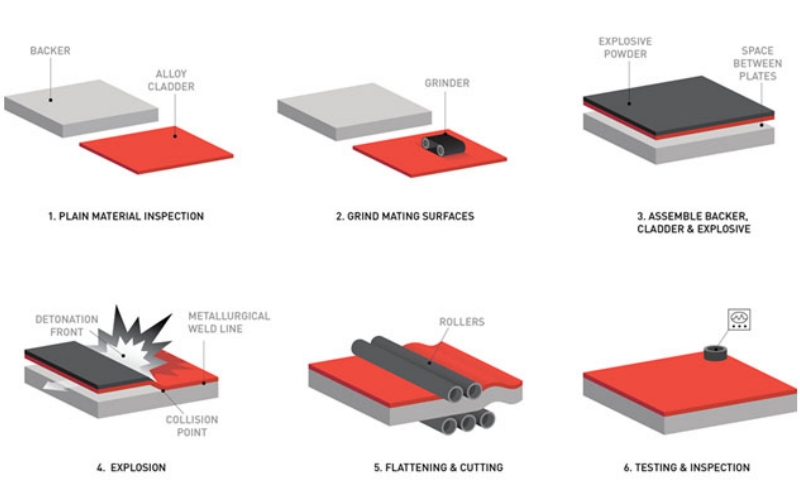
2. Rolling Cladding
Compared with explosive manufacturing, rolling is not only safer, but also has more precise dimension accuracy, stronger combination, and eco-friendlier feature. The turnaround time is quicker and more conducive to further processing and application. It is generally divided into hot rolling and cold rolling. Let’s have a look below.
Hot Rolling
Hot-rolled stainless steel clad plate is a leading-edge material. When carbon steel substrate and stainless steel plate are physically cleaned and heated above the recrystallization temperature of the steel (typically at temperatures of more than 1700°F), they will be rolled on a conventional rolling line to achieve a certain degree of organization.
When produced by using this method, there are some points to take care of:
1. By using rolling mills, it has high production efficiency.
2. Due to hot rolling technology, it cannot produce stainless steel cladding plates with a thickness of more than 50mm, and it is also inconvenient to produce various small, circular, and other special-shaped stainless steel composite plates. The common thickness popularly seen in the market are 6、8、10 mm.
3. The hot rolling process can be conducted after explosive bonding to further improve the bond between carbon steel and stainless steel.
Cold Rolling
Cold-rolled stainless steel clad plate is usually manufactured based on the hot-rolled stainless clad plate. When the temperature of hot rolled stainless steel clad material cools down, it will go through some procedures including annealing, pickling, cold rolling, intermediate annealing, pickling, straightening, finishing, and so on. On average, the surface of it can reach the surface quality of the same series of stainless steel, and the yield strength is better than that of the same grade of stainless steel. Besides, it is much smoother and thinner (at least 0.6mm).
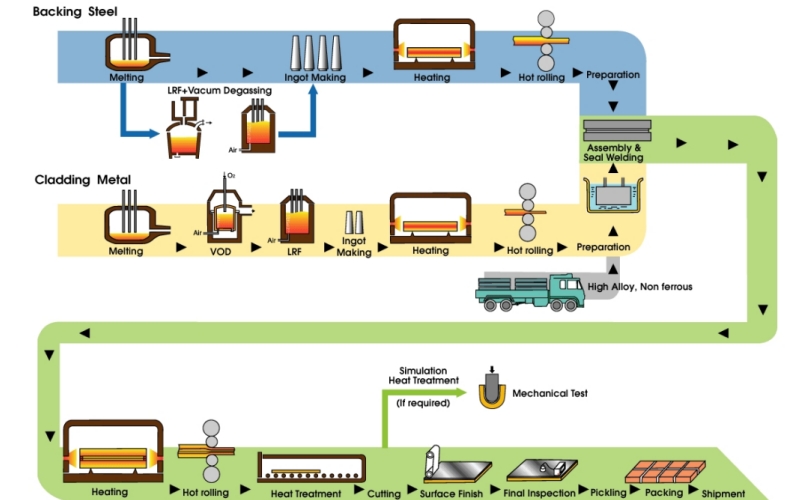
What Advantages Do SS Cladding Plates Have?
Stainless steel cladding metal is popularly welcomed by customers all over the world due to its numerous merits. For example:
1. Good Bonding Performance
It is a composite steel plate made by bonding stainless steel plate to either or both sides of a carbon steel or low alloy steel plate. Processed by special technology, the joint is extremely tight and firm.
2. Excellent Anti-corrosion Property
It still retains the excellent corrosion resistance and wear resistance of pure stainless steel.
3. High Machinability
It can be cut and formed easily, including plasma cutting, drawing, stamping, welding, bending, and hot pressing. However, it is incredibly difficult to punch, drill, or machine.
4. Long Service Life
It will enjoy a service life of more than 50 years.
5. Beautiful Appearance
Similar to stainless steel, its surface is much smoother, brighter, lighter, and easy to clean and maintain.
6. Cost-effective Solution
It offers a lower-cost solution to many light and heavy industry applications. Firstly, it is a good choice to replace the pure stainless steel sheet, which not only reduces the cost but also does not affect the use of equipment. Taking the de benzene tower as an example, when using stainless steel complex cladding sheet, can reduce the costs by more than 30%.
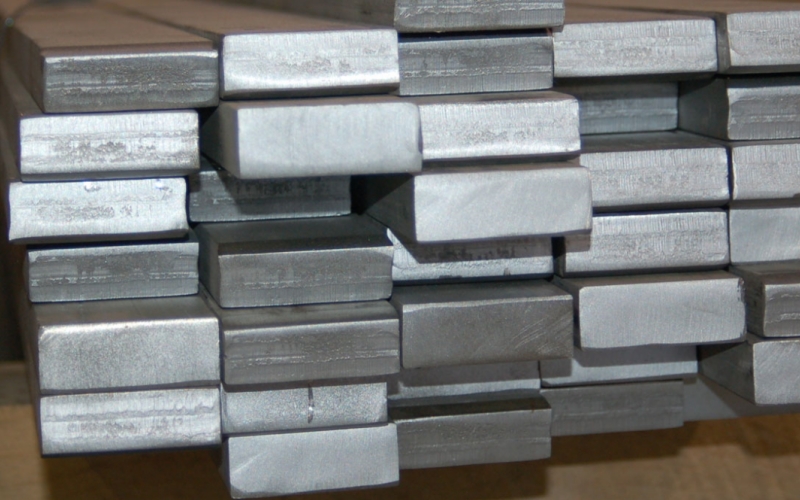
Where Can Stainless Steel Cladding Plate Be Used?
The application of stainless steel composite panels can be seen everywhere in our daily life. It generally involves petroleum, chemistry, food processing, automobiles, water conservancy, electricity, coal & coking, aviation, and other industries. Here list some specific examples for your reference:
1. Shipbuilding and hull structure,
2. Bridge deck system and oil refining,
3. Facade curtain walls of high-rise buildings,
4. Tank and pressure vessel fabrication,
5. Home appliances and industrial scrubbers,
6. Railroad track and desalination plant
7. Salt and alkali making and nuclear power equipment,
8. Desulfurization towers, ammonia distillation towers, de benzene towers, and so on.
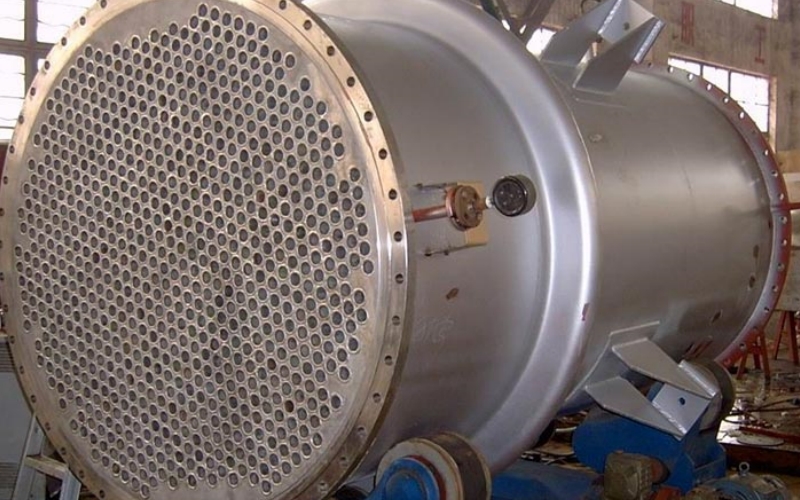
Something About Stainless Steel Cladding Product Polishing
After the stainless steel-clad product is placed for some time, a black or gray oxide layer will form on its surface. Its existence not only affects the surface quality of steel but also its performance. Therefore, it is very necessary to take applicable measures to eliminate them: polishing. It can further improve the corrosion resistance and bright effect of stainless steel. By the industry standard, there are three common polishing methods for stainless steel composite plates, namely electro-polishing, mechanical polishing, and chemical polishing. Here we will explain them briefly and the advantages and disadvantages.
1. Mechanical Polishing
It is a polishing method that removes the polished convex part by cutting and plastic deformation of the material surface to obtain a smooth surface. Generally, oil stone strips, wool wheels, sandpaper, etc., will be used, and manual operations are mainly adopted.
The advantage of mechanical polishing is that the parts after processing have good leveling and high brightness. The disadvantage is that the labor intensity is very large, and it will cause pollution. It cannot be processed when encountering complex parts. The gloss is not maintained for a long time, and it is easy to make the stainless steel composite plate rust. Therefore, mechanical running just is more suitable for processing simple parts, medium and small products.
2. Chemical Polishing
It is to make the microscopic convex part of the surface dissolve preferentially compared with the concave part in the chemical medium, to obtain a smooth surface.
The main advantage of this method is that it does not require complex equipment, and it can work pieces with complex shapes at a fast speed. But the brightness of the stainless steel plate is poor, it may be accompanied by gas overflow so sometimes the ventilation equipment is required. Therefore, the preparation of polishing fluid should be taken care of when adopting this method.
3. Electrochemical Polishing
The basic principle of electrolytic polishing is the same as that of chemical polishing, that is, to make the surface smooth by selectively dissolving the tiny protrusions on the surface of the material. Compared with chemical polishing, it can eliminate the influence of cathode reactions, and the effect is better. Usually, the electrochemical polishing process can be divided into two steps:
1. Macro leveling: the dissolved product diffuses into the electrolyte, and the geometric roughness of the material surface decreases, Ra>1μm.
2. Twilight smoothing: anodized, surface brightness improved, Ra<1μm.
The advantages of electrochemical polishing of stainless steel clad plates are long-lasting, have a specular gloss, stable process, have less pollution, are low cost, and have good corrosion resistance. But the one-time investment of processing equipment is large, the auxiliary electrodes of complex parts, and the cooling facilities are required for mass production of stainless steel composite panels.
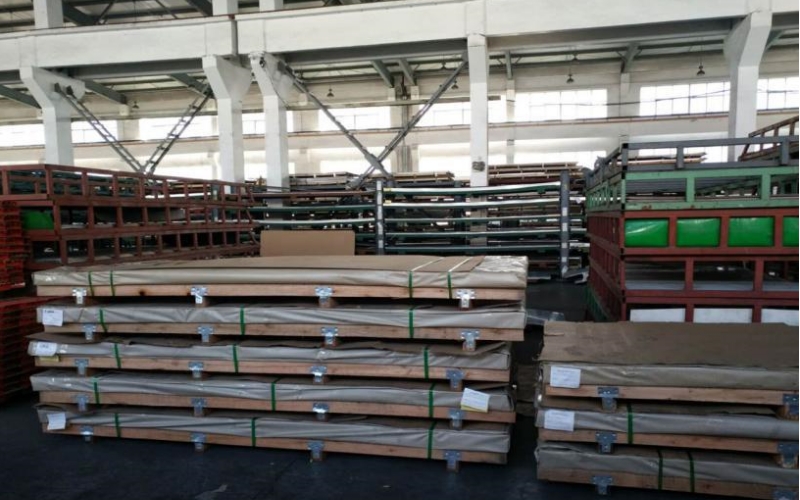
Gnee — Top 10 Stainless Steel Clad Plate Exporters in the World
It is seen that the SS clad plate features the strong points of stainless steel and carbon steel, ensuring a broad prospect on the market. In this regard, Gnee Group is a reputable stainless steel manufacturer and exporter in China. Our factory stocks high-quality different stainless steel products including stainless steel cladding plates, 304 Stainless steel pattern plates, corrugated stainless steel sheets, 904L stainless steel medium-thick plates, and so on. They have been widely applied in many industries such as petroleum, chemistry, electricity, paper making, irrigation, automobiles, medicine, and public facilities. Welcome to be our next customer!

